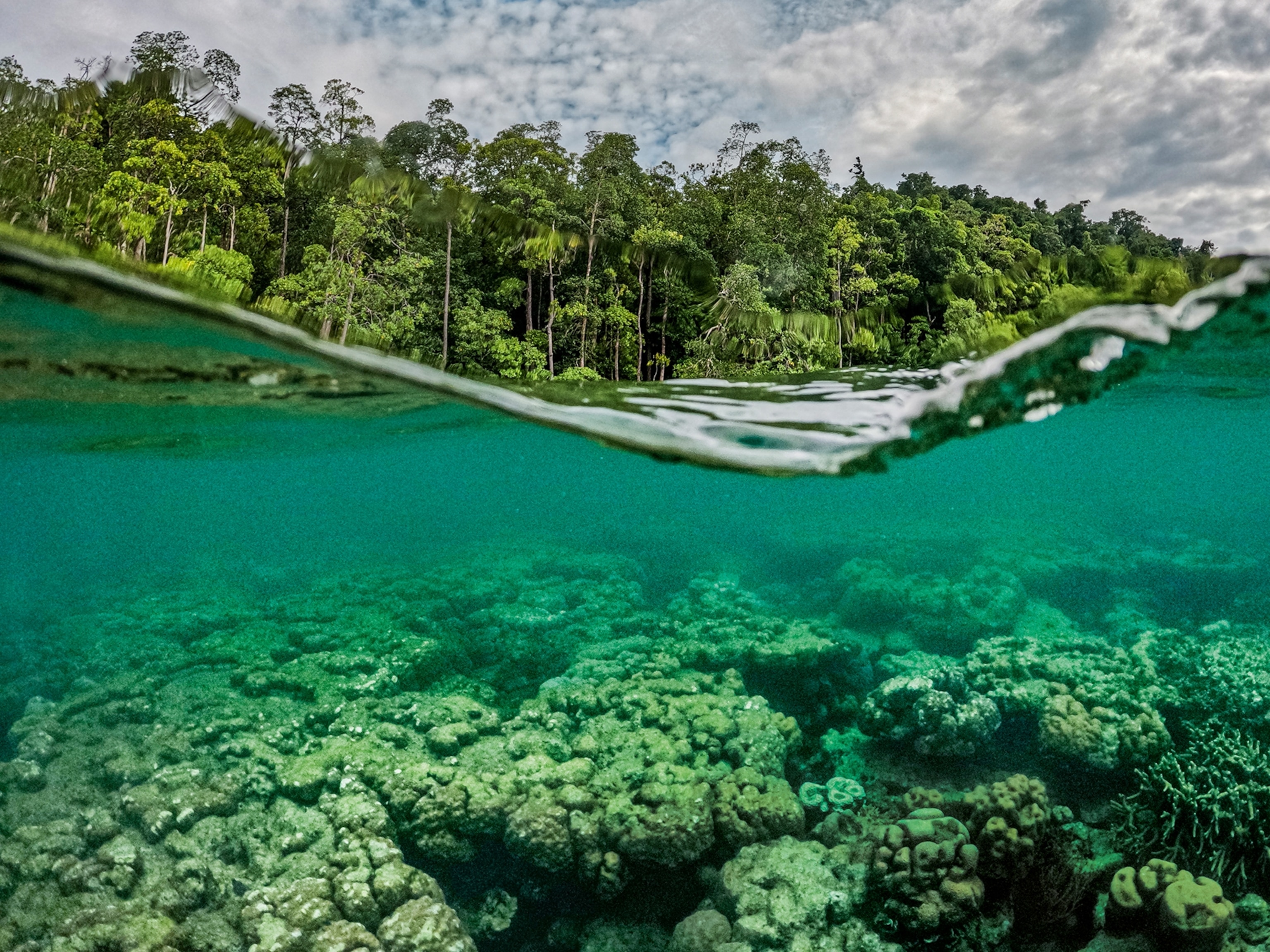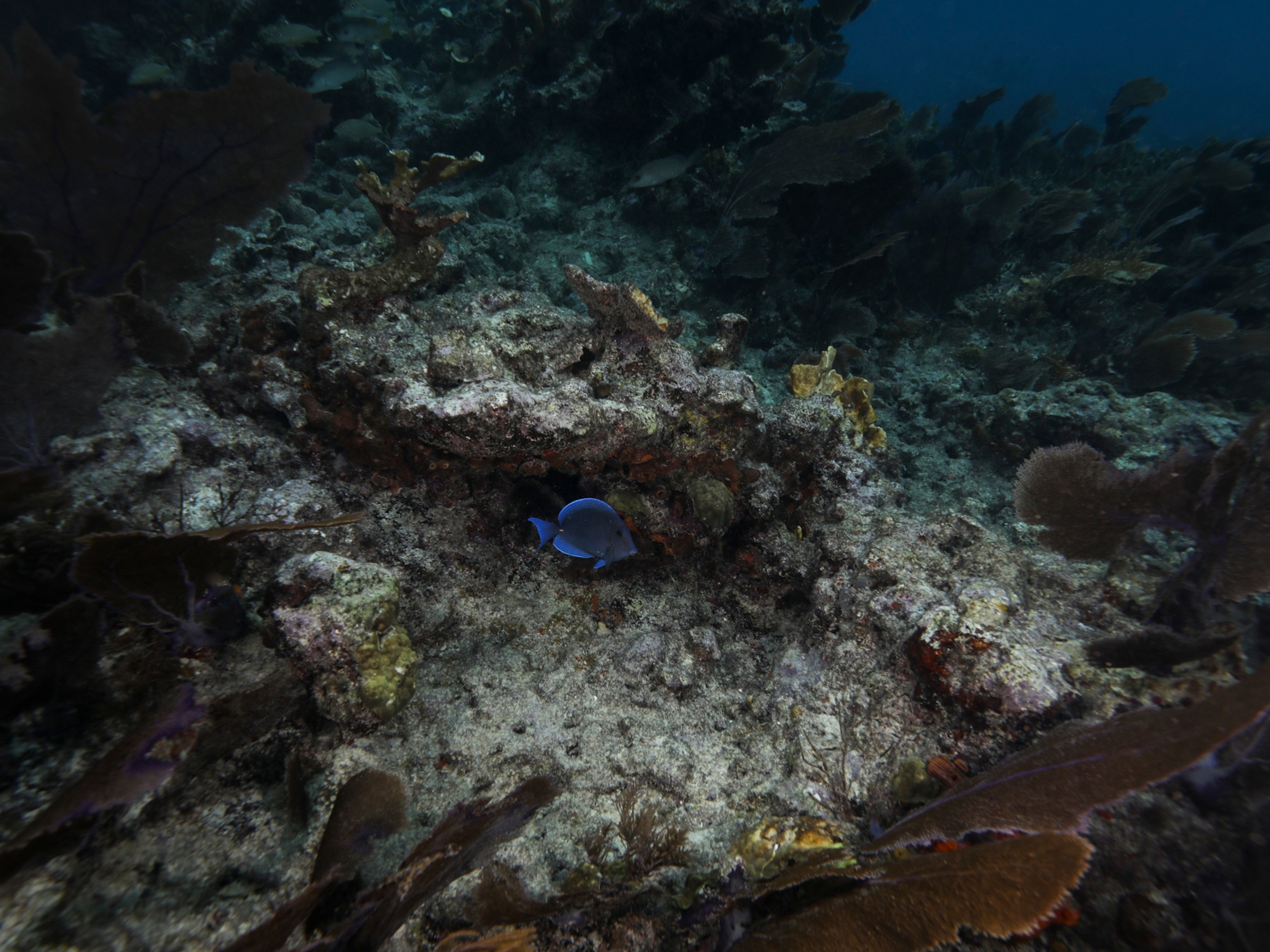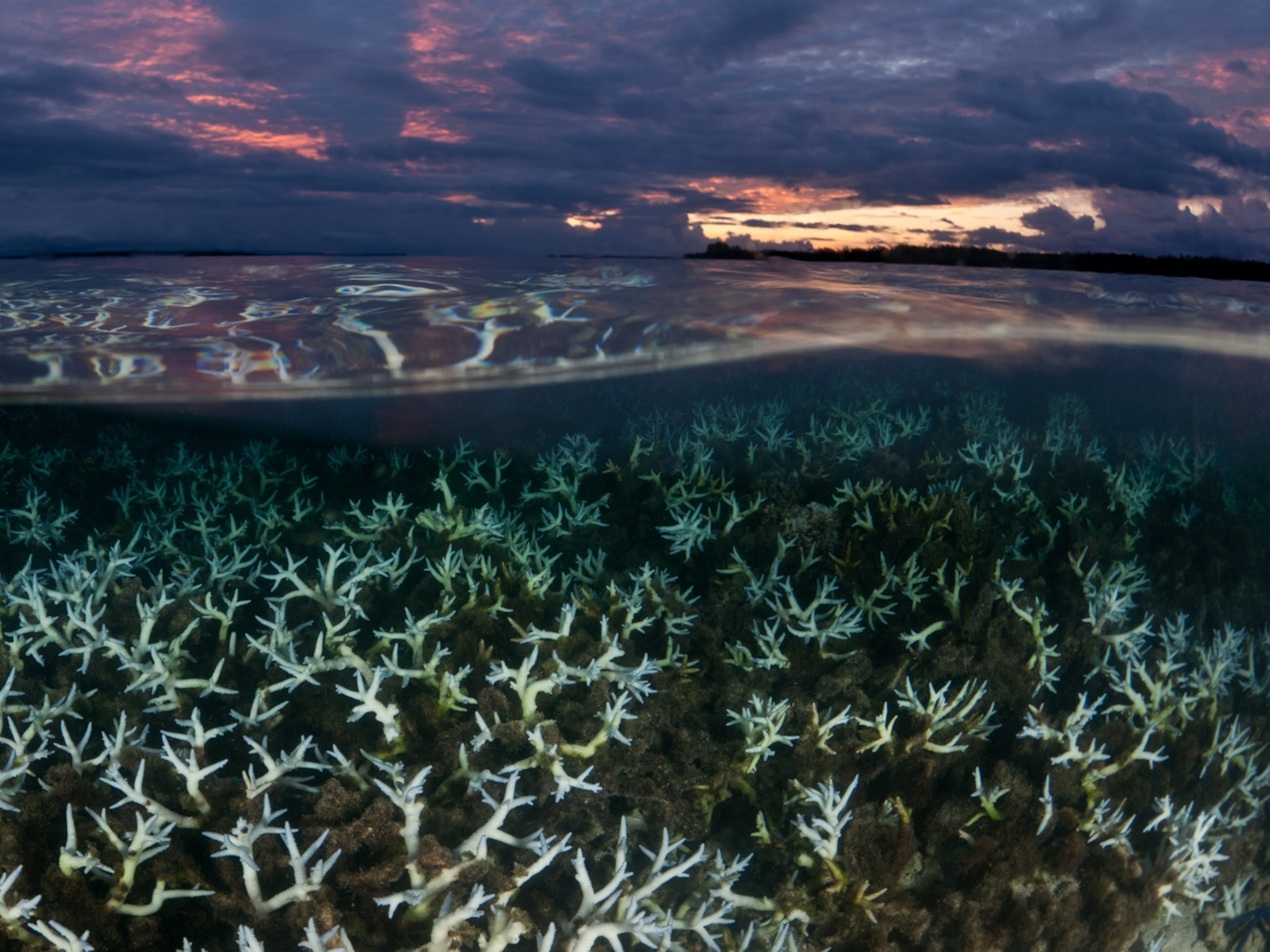'Squishy Finger' Soft Robot Hands Allow Sampling of Delicate Corals
Two National Geographic explorers teamed up to solve a tricky problem in remote sample collection.
To study deep-sea corals, scientists have to collect small samples in order to examine DNA and other characteristics. This presents a problem: The animals grow beyond the reach of human divers. A remotely operated vehicle could dive that deep, but most robotic arms are too powerful and awkward to handle the delicate coral without damaging it.
But two National Geographic Explorers came up with a solution. After meeting at an Explorers Symposium a few years ago, marine biologist David Gruber and roboticist Robert Wood teamed up to give robots a softer touch.
Their squishy robotic hands can gather coral samples more delicately than robots, and in places humans can't reach. Developed with support from a National Geographic Innovation Challenge Grant, the hands were first tested in tanks in March 2015 and then taken to the Red Sea in May. After a successful expedition, Wood and Gruber hope the technology may have even broader applications. (Learn about Gruber's discovery of the first glowing sea turtle.)
We spoke with Wood, who also founded the Microrobotics Lab at Harvard University, about the innovation, which is also described in a new paper in the journal Soft Robotics.
What are the robot hands made out of?
It's a composite, made mostly of silicone rubber, with some fiberglass and Kevlar fibers for reinforcement. We pressurize it with seawater to turn it on and off and so we can get it to close like fingers or curl like a snake. We made an array of different shapes.
Are there particular challenges for working underwater?
It has to be robust because the consequences for failure are worse, since you have to bring the whole thing up and start over if you have a problem. The rubber-like material itself is basically indestructible. You can freeze it, run your car over it, light it on fire, and it doesn't matter. They are also very cheap, costing around $2 each. We took 20 or 30 in a duffel bag on the expedition to test them out.
How did the squishy fingers perform?
They worked very well. We used them to collect samples on deep reefs, down to about 150 meters (500 feet). Previously, we had tested the fingers down past 800 meters (2,600 feet) and that was no problem. Human beings can't really scuba dive past 100 meters (330 feet), so we wanted to push it beyond what people are capable of on their own.
What other applications might these robotic hands have?
There are other underwater applications, such as archaeology, in which it's important to be gentle, perhaps even more so. There are also above-water applications, such as agriculture and biological sampling, in which you need to handle delicate materials but you don't want to spend a lot of time setting something up. You want to turn it on, grab it, and go. Examples could include picking fruit or leaves.
National Geographic Innovation Challenge Grants are given to two or more explorers who collaborate on a project.





